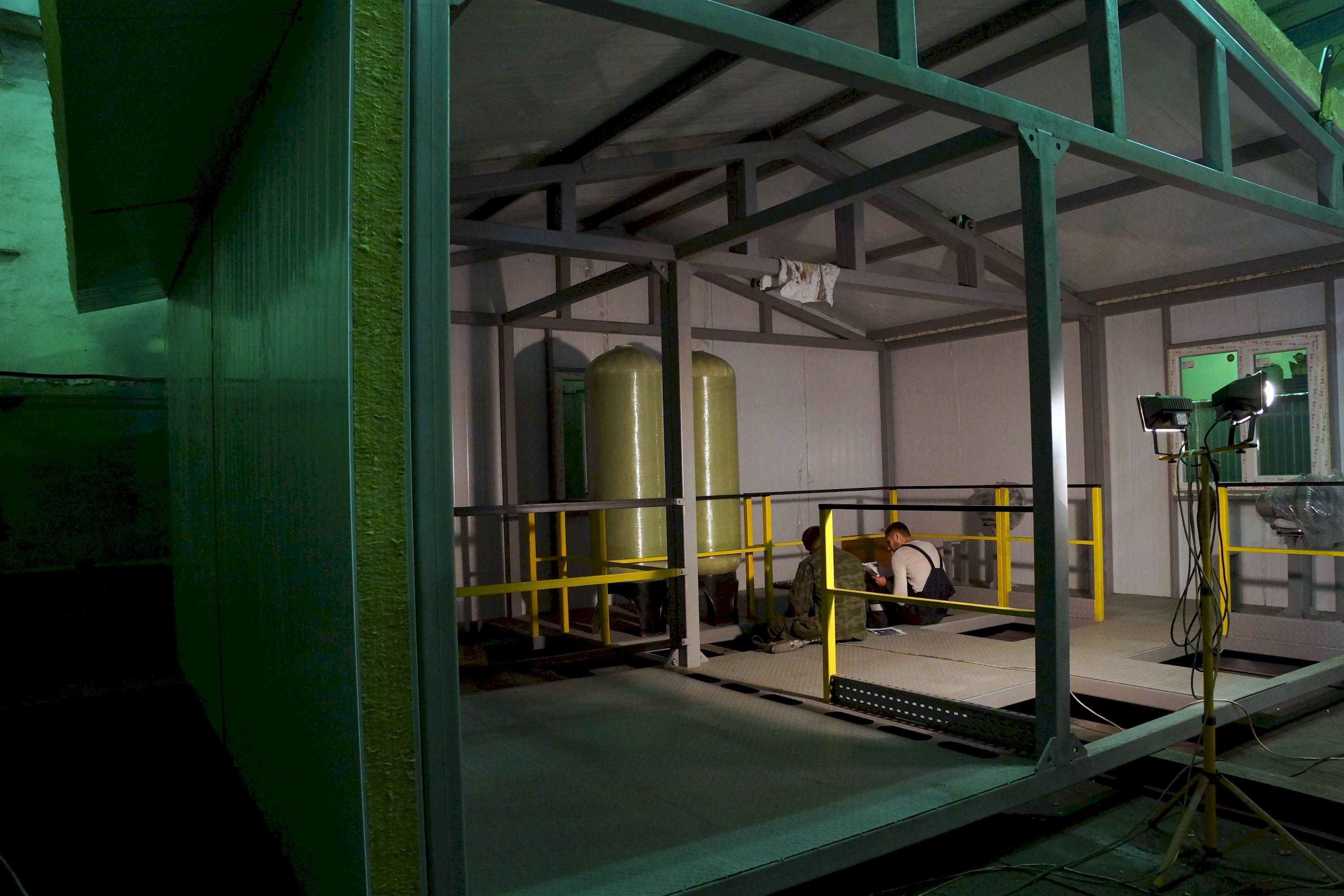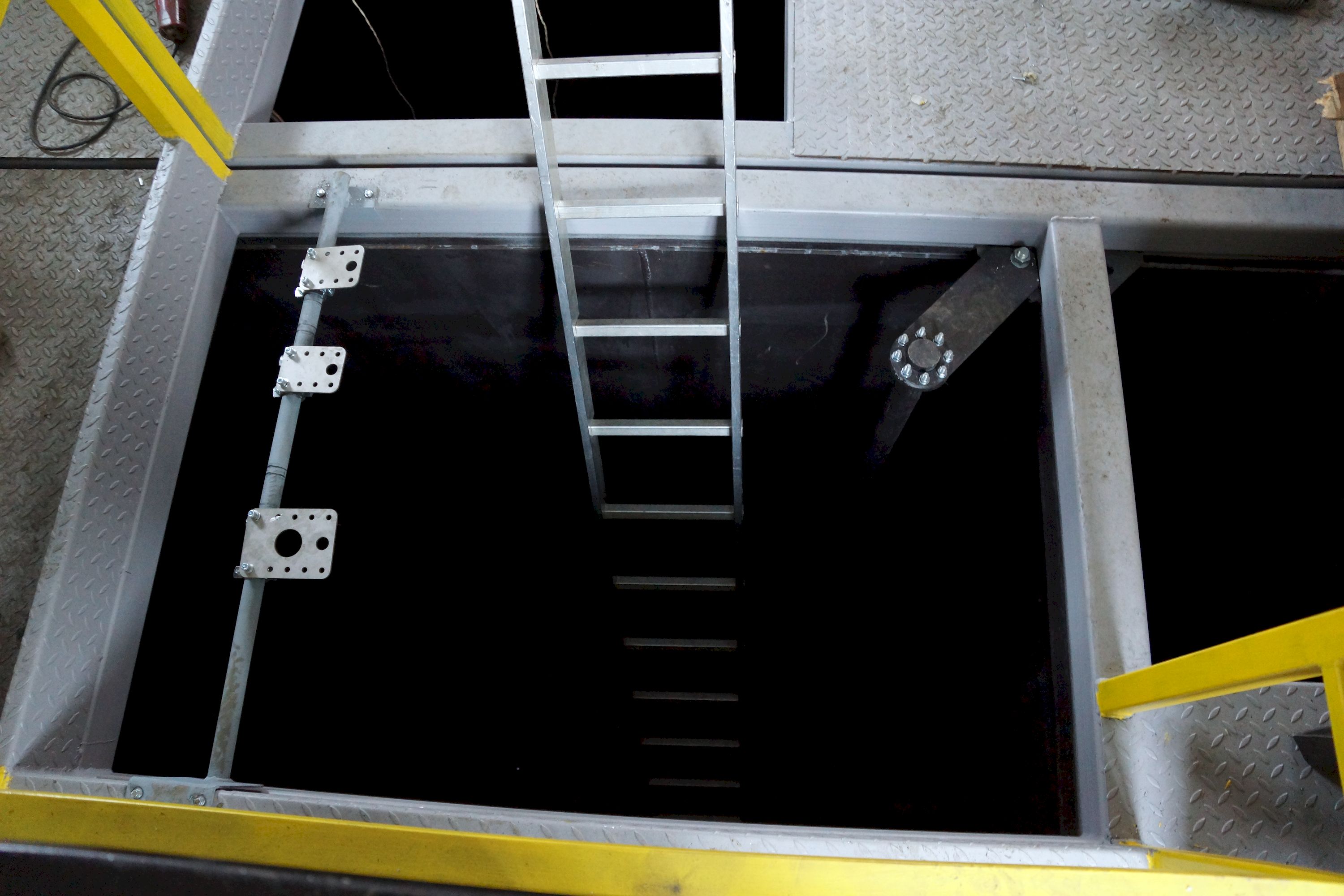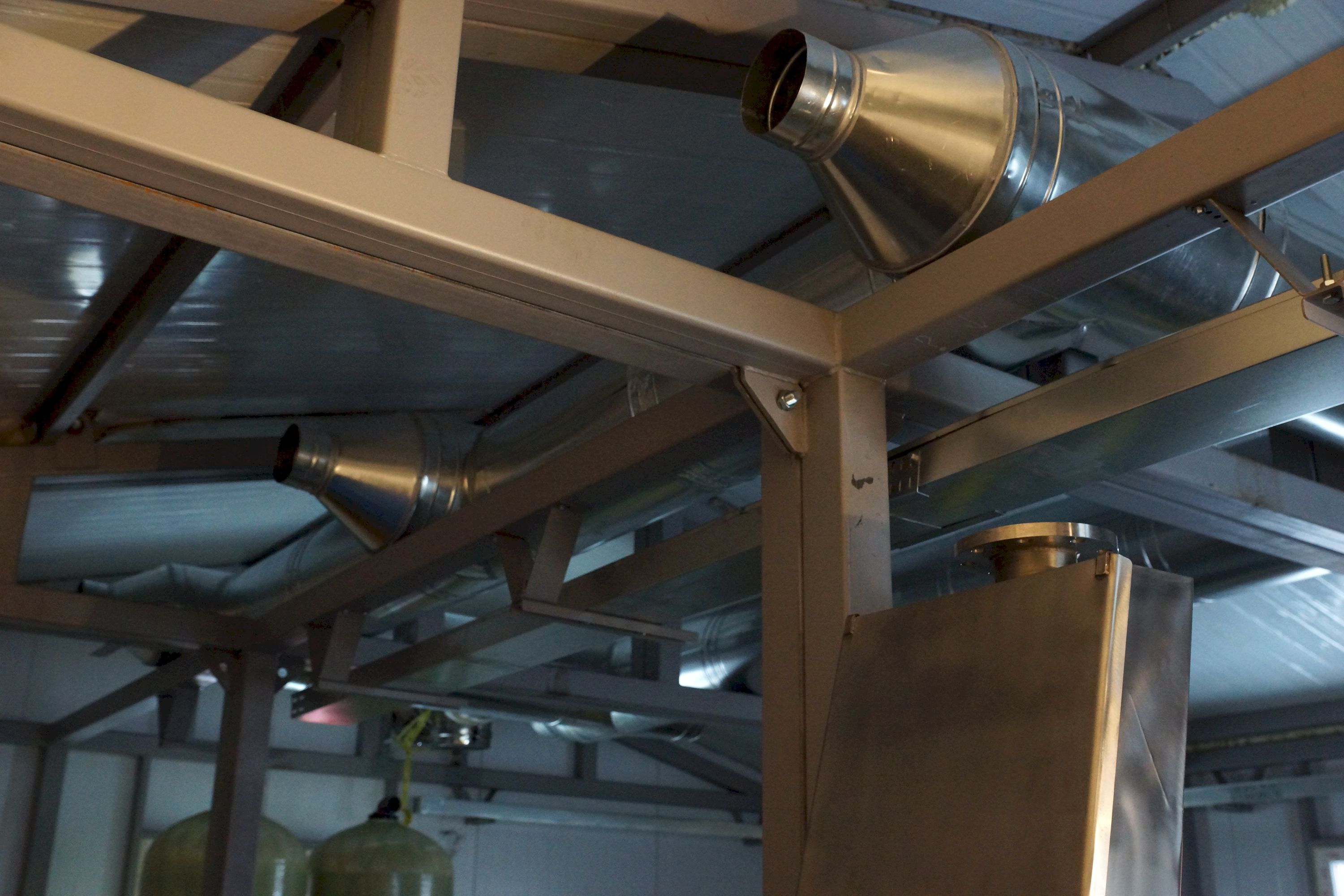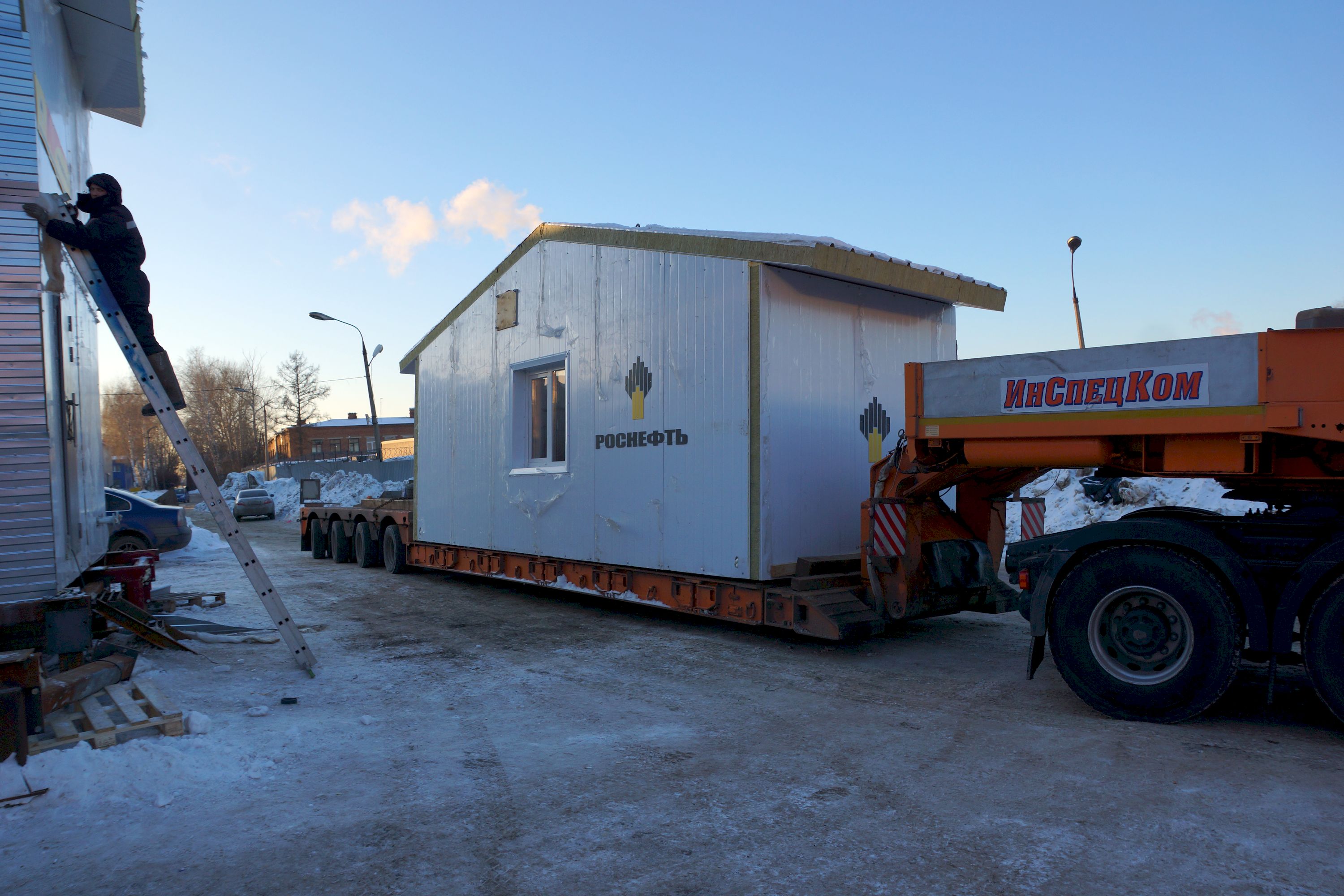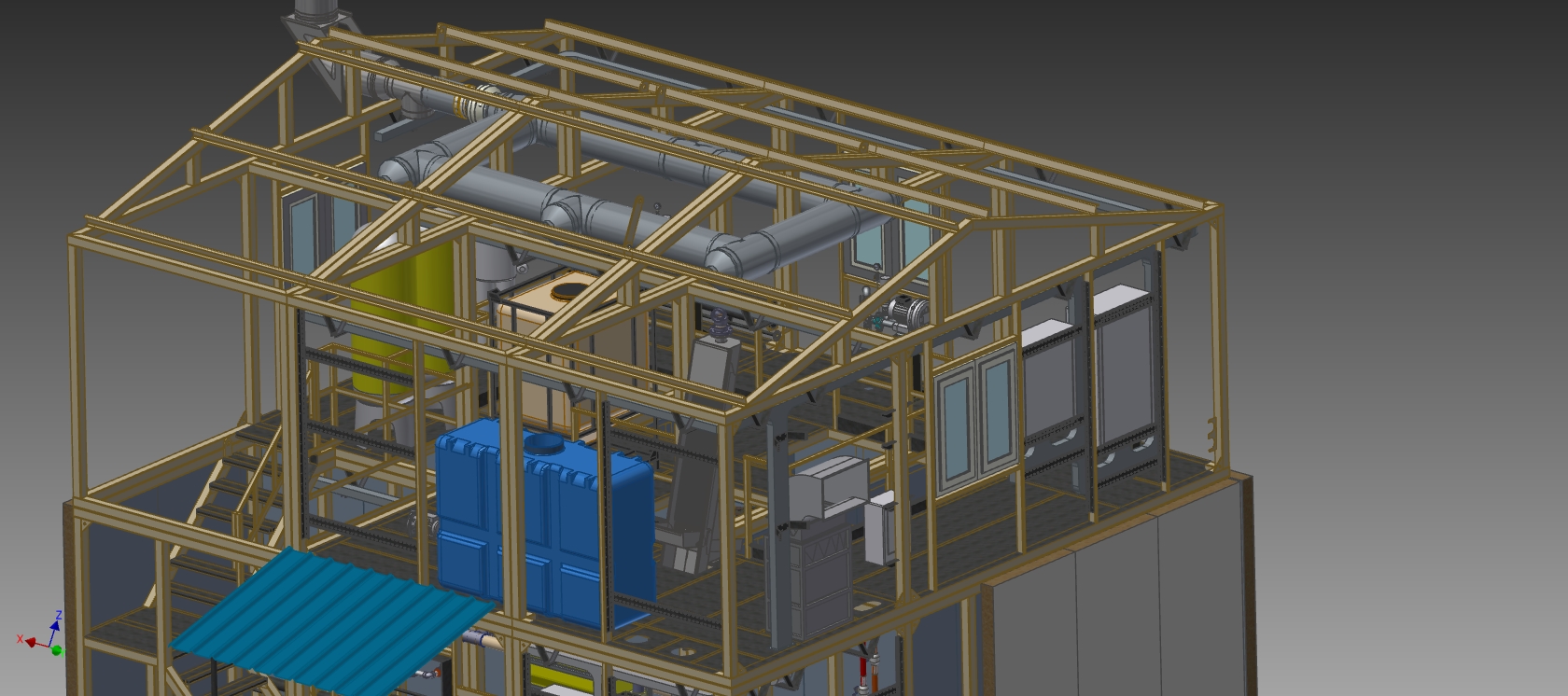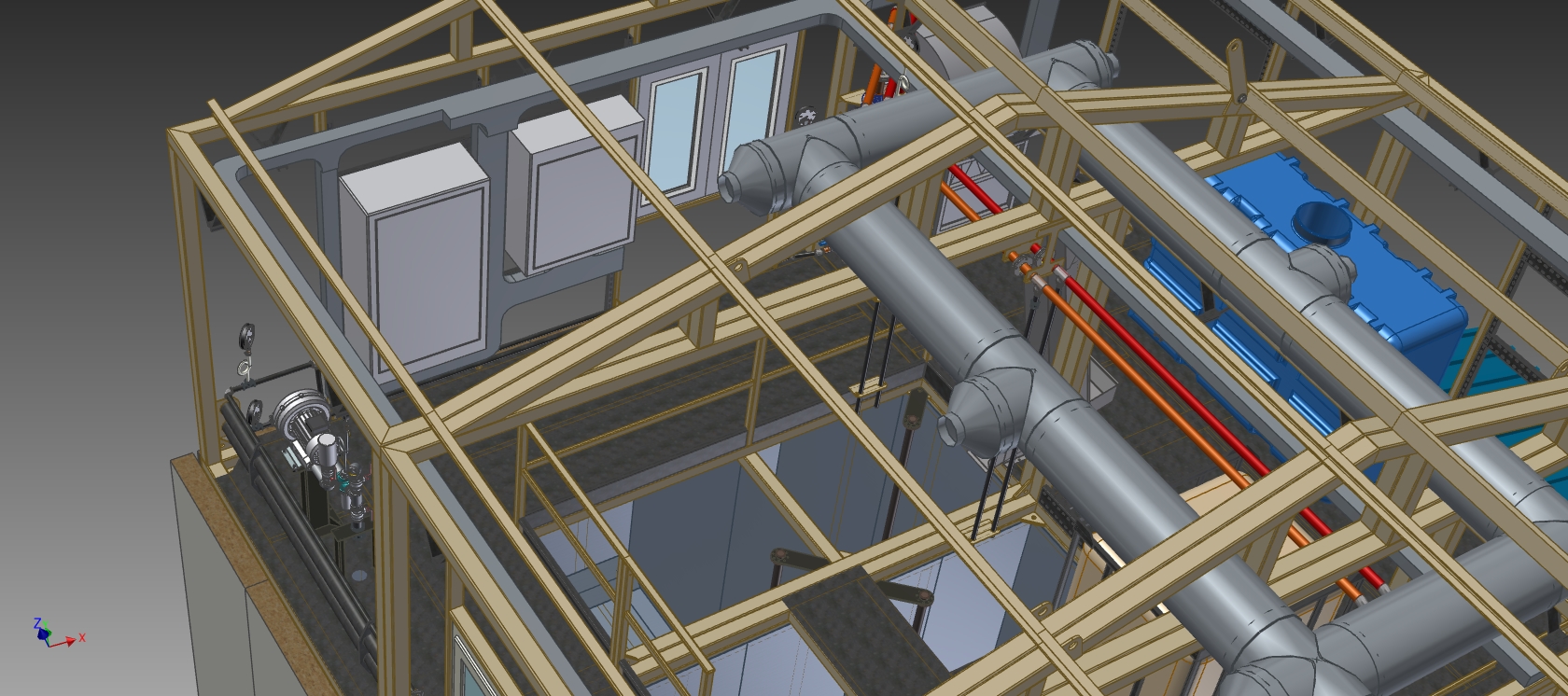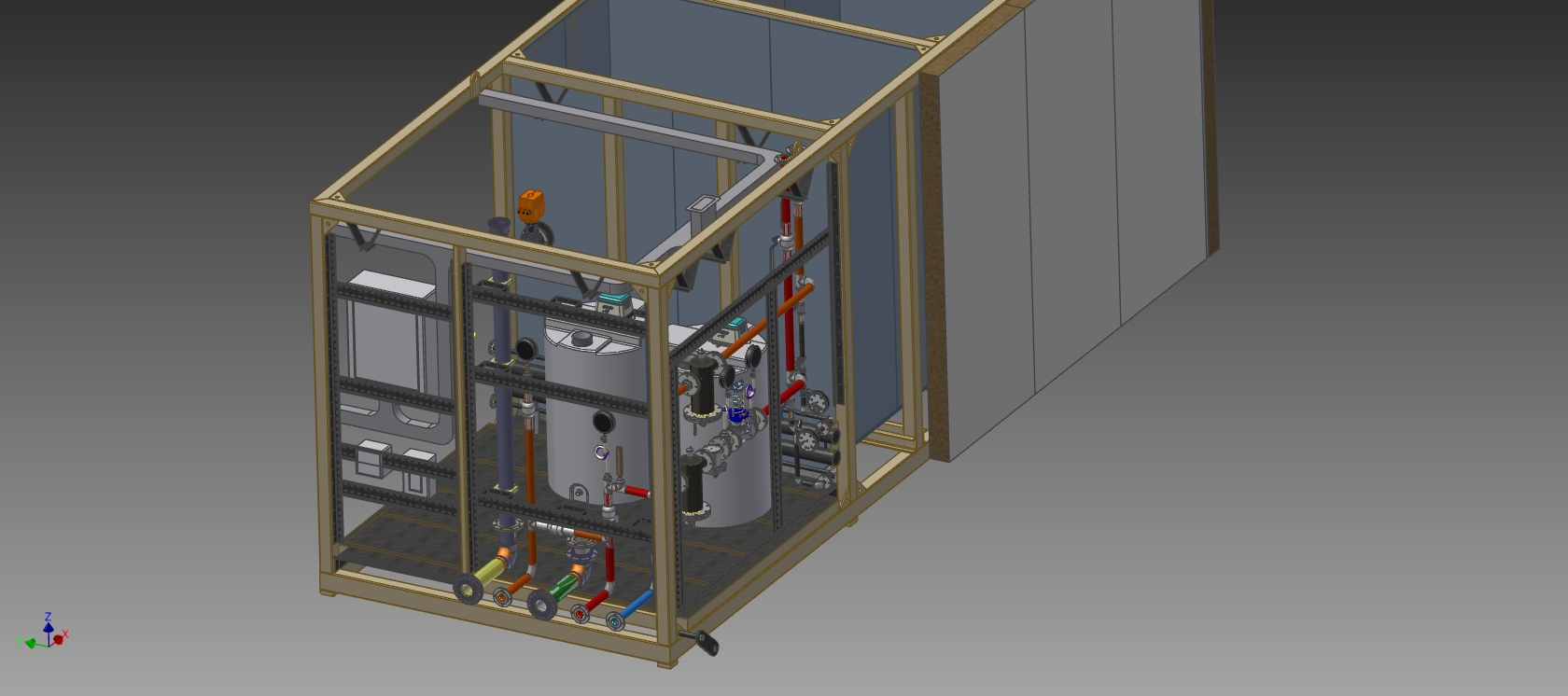Sewage treatment is one of the most important environmental measures. Modern environmental legislation obliges all business facilities to be equipped with wastewater treatment plants in order to ensure high-quality wastewater treatment for their further entry into the sewer network or discharge into water bodies.
But the achievement of the valid regulatory requirements in the Russian Federation for the quality of treated wastewater discharged into water bodies is impossible without the implementation of technologies for the nitrogen and phosphorus removal, as well as deep oxidation of organic compounds.
The implementation of these technologies requires an increase of the aeration tanks volume by a factor of 2.0-2.5 compared with the volumes of structures where only the processes of oxidation of organic compounds are realized at the same costs and quality of incoming wastewater.
The company NPP RUSMET designs and manufactures block-modular wastewater treatment plants with full factory readiness both in classical technology (with denitrification zones) and in advanced wastewater treatment technology in a batch reactor (SBR - Sequencing batch reactor).
SBR technology allows you to maintain an increased dose of activated sludge in the construction of 5-8 g/l (against a dose of activated sludge of 2.0-3.0 g/l in aeration tanks + secondary sump technologies) due to the fact that the sludge separation process in theSBRreactor occurs at rest (in secondary clarifiers, this process occurs when fluid moves from the entrance to the structure to its exit). Maintaining increased doses of activated sludge in SBR makes it possible to reduce the implementation time of biochemical processes by a factor of 2–3 compared with the implementation time of similar processes in the aeration tank + secondary sump technology.


